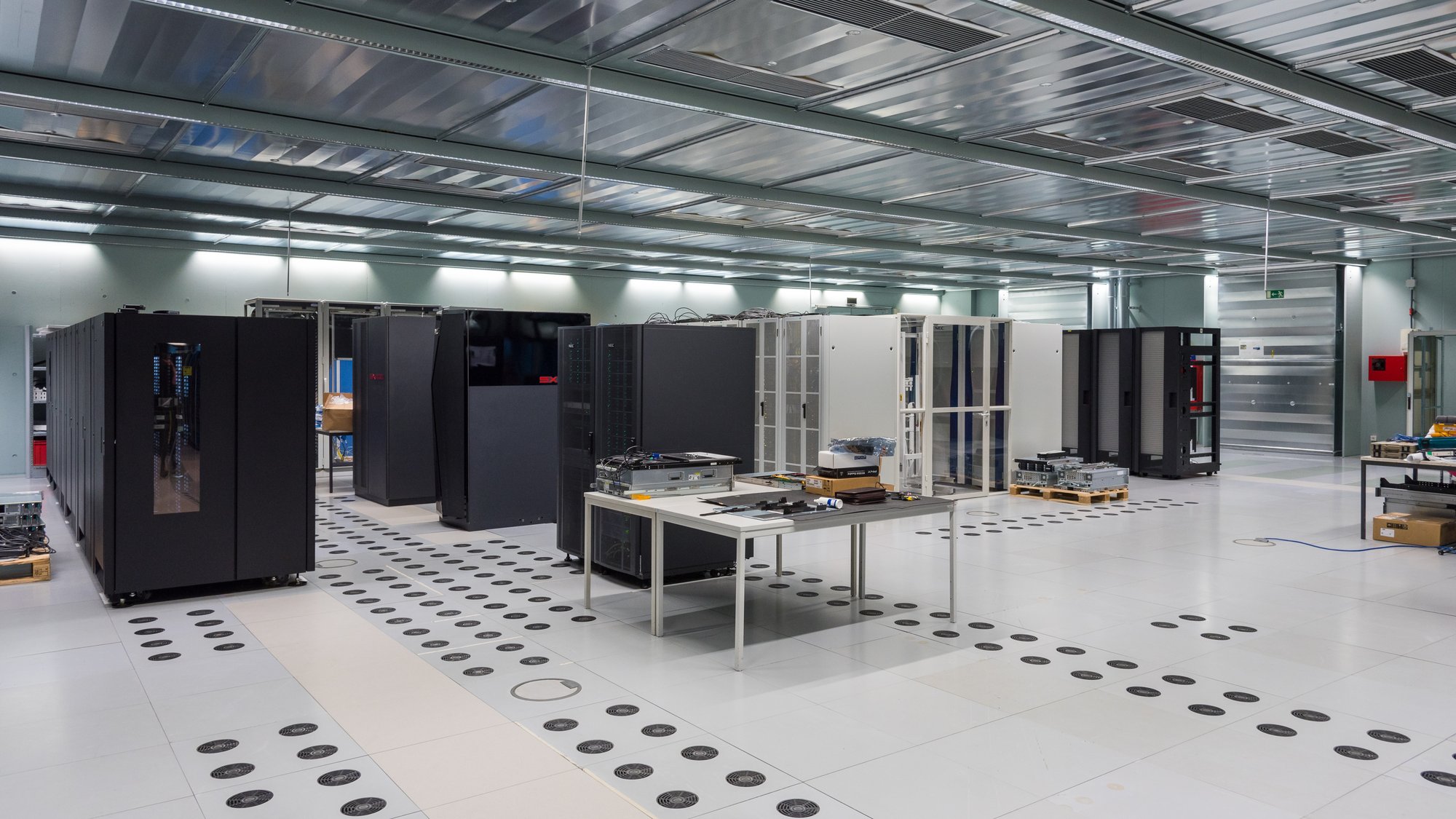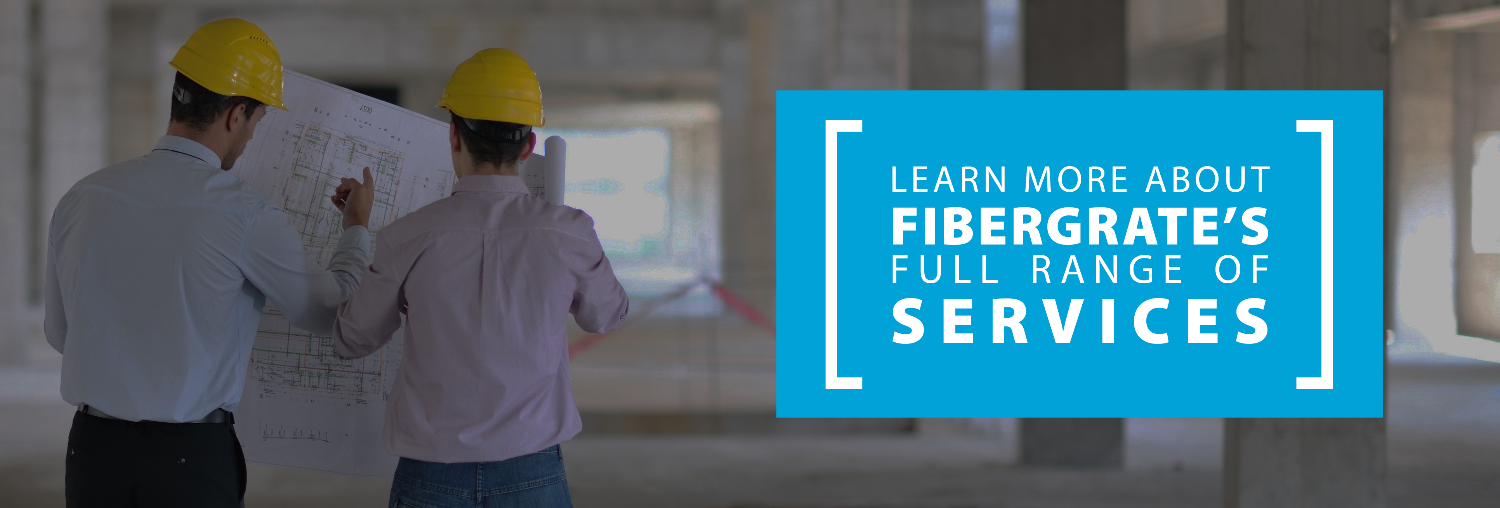Data centers are the backbone of our digital world, housing the servers, networking equipment, and...
Material & Design Options for Data Center Structural Ceiling Projects
Data centers are the backbone of our digital world, housing the servers, networking equipment, and other critical infrastructure that power our online lives. Given the high stakes and sensitive nature of the equipment within, every aspect of data center design is meticulously planned, including the structural ceiling. Below, we will explore the intricacies of data center structural ceilings and the material options that can make or break your project.
The Multifaceted Role of a Data Center Structural Ceiling
A data center structural ceiling is an intricately engineered system that serves several functions. For example, it acts as an organized pathway for a labyrinth of power cables, data cables, and HVAC ducts that crisscross the space above the data center floor. This ceiling infrastructure not only keeps the environment below free of clutter, but also ensures easy access for maintenance and upgrades.
Beyond its structural and organizational roles, the ceiling plays a key part in safety and environmental control. Fire poses a serious risk to data centers, and the ceiling houses fire suppression systems like sprinklers and alarms, acting as a safeguard against catastrophic fire incidents. Additionally, it contributes to maintaining a stable temperature and humidity, essential for optimal equipment performance. To address the noise generated by the constant hum of machinery, acoustic panels can be incorporated into the ceiling design, creating a more comfortable working environment for technicians.
Typically constructed using a grid system of metal or composite members, the structural ceiling supports panels made from various materials. The choice of materials significantly impacts the ceiling's performance, cost, and longevity, making it a crucial decision in the design and construction of data centers.
Materials: Balancing Strength, Safety, and Efficiency
Here is a look at some commonly used options for data center ceilings:
- Steel: A time-tested material for its strength and durability, steel is a popular choice. It can handle heavy loads, offers good fire resistance, and is readily available. However, it is also relatively heavy, susceptible to corrosion, and can interfere with electromagnetic signals.
- Composite Panels: These panels often consist of a lightweight core material, such as aluminum honeycomb or mineral wool, sandwiched between two outer layers. Composite panels offer a good balance of strength, insulation, and soundproofing. FRP (fiberglass reinforced plastic) panels are a type of composite known for their corrosion resistance, electromagnetic transparency, and lightweight nature, making them increasingly popular in data centers.
The options do not end there, however. FRP is emerging as a strong contender for data center ceilings.

Data Center with Structural Ceiling
The Benefits of FRP for Data Center Ceilings
FRP products are gaining traction as a compelling option due to the following advantages:
- Lightweight: FRP is significantly lighter than steel, enabling easier installation and reducing the load on the building structure. These factors can lead to cost savings in construction and potentially lower maintenance costs over time.
- Corrosion Resistance: FRP is largely impervious to corrosion, an advantage in data centers with potential for moisture or chemical exposure. This property extends the lifespan of the structural ceiling and reduces the need for frequent maintenance.
- Electromagnetic Transparency: Unlike steel, FRP does not interfere with electromagnetic fields and signals. This property is crucial in data centers where uninterrupted signal transmission is essential for the reliable operation of electronic equipment.
- Insulating Properties: FRP can contribute to thermal management, potentially lowering energy costs for cooling. They can help in maintaining stable temperature levels and reducing energy consumption associated with cooling systems.
- Design Flexibility: FRP is available in custom sizes, shapes, and colors, offering design flexibility to meet aesthetic and functional requirements. They can also be easily customized to accommodate integrated lighting, fire suppression systems, or other utilities.
- Fire Resistance: FRP can be engineered to meet fire safety standards, providing an additional layer of protection in case of fire incidents within the data center.
- Moisture Resistance: FRP is inherently moisture-resistant, which can be beneficial in environments where humidity levels need to be controlled.
- Cleanability: Fiberglass reinforced plastic components are easy to clean and maintain, which is important in environments like data centers where cleanliness is crucial for optimal equipment performance.
The Future of Data Center Structural Ceilings
As technology continues to advance at a rapid pace, data centers must adapt to meet the growing demands for faster processing speeds, increased storage capacity, and improved energy efficiency. By embracing cutting-edge materials and design principles, data center operators can ensure that their facilities are equipped to handle the ever-increasing demands of the digital age, while prioritizing safety, efficiency, and sustainability.
For more information on FRP, explore Fibergrate’s data center solutions overview.
Topics: FRP, Non-Conductive, Data Center


